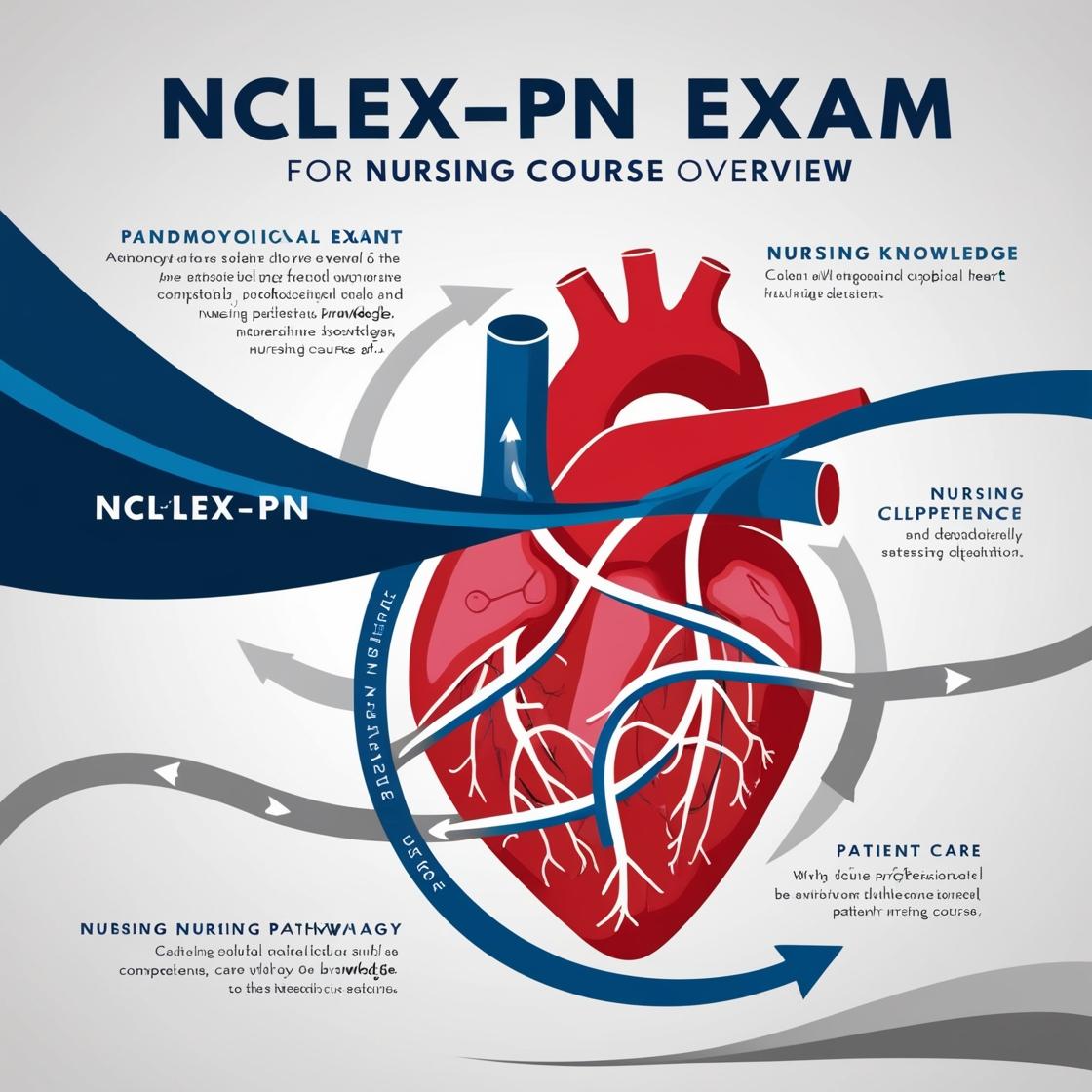NCLEX-PN
NCLEX-PN Quizlet 2023
1. Which deficiency in the mother has been primarily associated with neural tube defects in the fetus?
- A. Iron
- B. Folic acid
- C. Vitamin B12
- D. Vitamin E
Correct answer: B
Rationale: Folic acid deficiency in the mother has been primarily associated with neural tube defects in the fetus. Folic acid is crucial for the development of the neural tube in the early stages of pregnancy. Its deficiency can lead to neural tube defects, such as spina bifida or anencephaly. Iron deficiency is not directly related to neural tube defects but can cause other complications in pregnancy. Vitamin B12 is important for neurological function but is not the primary cause of neural tube defects. Vitamin E deficiency is not associated with neural tube defects in the fetus.
2. The drug of choice to decrease uric acid levels is:
- A. prednisone (Colisone)
- B. allopurinol (Zyloprim)
- C. indomethacin (Indocin)
- D. hydrochlorothiazide (HydroDiuril)
Correct answer: B
Rationale: The correct answer is allopurinol (Zyloprim) as it is a xanthine oxidase inhibitor that decreases uric acid formation. Allopurinol is commonly used to manage gout by lowering uric acid levels. Prednisone is a corticosteroid used to decrease inflammation, not to lower uric acid levels. Indomethacin is an analgesic, anti-inflammatory, and antipyretic agent, but it is not the drug of choice for lowering uric acid levels. Hydrochlorothiazide is a thiazide diuretic used to treat hypertension and edema, not to decrease uric acid levels.
3. Which of the following viruses is most likely to be acquired through casual contact with an infected individual?
- A. influenza virus
- B. herpes virus
- C. cytomegalovirus (CMV)
- D. human immunodeficiency virus (HIV)
Correct answer: A
Rationale: The correct answer is influenza virus. Influenza virus is most likely to be acquired through casual contact with an infected individual as it is transmitted through respiratory droplets. Herpes virus is primarily transmitted by direct contact, such as skin-to-skin contact, making it less likely to be acquired through casual contact. HIV is mainly transmitted through blood and body fluids like semen and vaginal fluids, not through casual contact. Cytomegalovirus (CMV) is an opportunistic infection commonly affecting immunocompromised individuals and is usually transmitted through close personal contact, not casual contact.
4. A client begins a regimen of chemotherapy. Her platelet count falls to 98,000. Which action is least likely to increase the risk of hemorrhage?
- A. Test all excreta for occult blood.
- B. Use a soft toothbrush or foam cleaner for oral hygiene.
- C. Implement reverse isolation.
- D. Avoid IM injections.
Correct answer: C
Rationale: The correct answer is to implement reverse isolation. Reverse isolation is a protective measure used to protect patients from infections, not to affect the risk of hemorrhage. Testing all excreta for occult blood (Choice A) is important to monitor for signs of internal bleeding. Using a soft toothbrush or foam cleaner for oral hygiene (Choice B) is recommended to prevent gum bleeding. Avoiding IM injections (Choice D) is crucial to reduce the risk of bleeding in a client with a low platelet count. Therefore, among the given options, implementing reverse isolation is the least likely to increase the risk of hemorrhage.
5. A nurse suspects a patient is developing Bell's Palsy. The nurse wants to test the function of cranial nerve VII. Which of the following would be the most appropriate testing procedures?
- A. Test the taste sensation over the back of the tongue and activation of the facial muscles.
- B. Test the taste sensation over the front of the tongue and activation of the facial muscles.
- C. Test the sensation of the facial muscles and sensation of the back of the tongue.
- D. Test the sensation of the facial muscles and sensation of the front of the tongue.
Correct answer: B
Rationale: The facial nerve (VII) is responsible for motor function to the face and sensory function to the anterior two-thirds of the tongue. Therefore, to appropriately test the function of cranial nerve VII, the most appropriate testing procedures involve assessing the taste sensation over the front of the tongue (sensory) and activation of the facial muscles (motor). Option B, 'Test the taste sensation over the front of the tongue and activation of the facial muscles,' is the correct answer. Choices A, C, and D are incorrect because they do not involve the correct combination of sensory testing over the front of the tongue and motor activation of the facial muscles, which are key functions associated with cranial nerve VII.
Similar Questions

Access More Features
NCLEX PN Basic
$69.99/ 30 days
- 5,000 Questions with answers
- Comprehensive NCLEX coverage
- 30 days access @ $69.99
NCLEX PN Premium
$149.99/ 90 days
- 5,000 Questions with answers
- Comprehensive NCLEX coverage
- 30 days access @ $149.99
